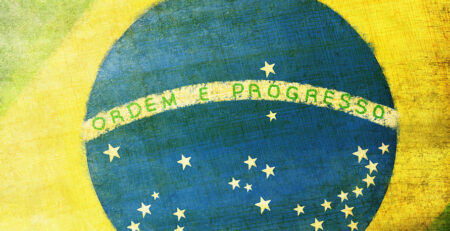The Rise of Neutral Spanish: Uniting Cultures in Latin American Entertainment
Is there such a thing as Neutral Spanish, Latin American Spanish, or International Spanish? For starters, Spanish is a language of diverse dialects and cultural richness. It undergoes a fascinating evolution shaped by technology, usage patterns, and cultural exchanges. Nowhere is this evolution more evident than in Latin America, where each country boasts its own unique accents and linguistic nuances.
Spanish is one of the most spoken languages in the world. In Spain, it is spoken by almost 50 million people. Almost tenfold, it is spoken by more than 450 million people in more than 20 countries in the Americas. In the United States of America alone, it is the second spoken language and the primary language for more than 50 million people.
The Emergence of Neutral Spanish in Entertainment
In recent years, a remarkable trend has emerged in the Latin American entertainment industry. Despite the distinctive accents of countries like Argentina, Colombia, and Chile, artists are embracing a neutral variation of Spanish in their music, films, and TV shows. This neutral Spanish, meticulously crafted for international appeal, transcends linguistic boundaries and captivates audiences across the Americas and beyond.
Artists Leading the Charge
Musicians such as María Becerra, Emilia, Nicki Nicole, Duki, Tiago PZK and Tini, alongside global icons like Shakira, J Balvin, and Bad Bunny, have seamlessly integrated neutral Spanish into their work. Their music resonates with diverse audiences, from the bustling streets of Miami to the vibrant neighborhoods of Mexico City, showcasing the power of language to unite cultures.
A Global Standard
This phenomenon mirrors trends seen in other Western languages like English, French, and German. However, Spanish stands out as a language where a standardized, neutral variation has gained widespread acceptance, particularly in the Americas. Voice actors from various countries now deliver content in this neutral Spanish, ensuring seamless localization of entertainment blockbusters across the region.
Cultural Significance
Language serves as a mirror to culture, reflecting its intricacies and evolution over time. In Latin America, the diverse Spanish dialects mirror the region’s rich tapestry of cultures. They were shaped by centuries of migration and colonization. The adoption of neutral Spanish in entertainment reflects not only a desire for broader accessibility. It also a celebration of cultural unity amidst linguistic diversity.
The Influence on Language and Culture
The widespread adoption of neutral Spanish by the entertainment industry has profound implications for language and culture. It has not only facilitated easier access to content for a wider audience. It has also become a cultural phenomenon in its own right. Audiences seamlessly transition from their local accents to this international standard when consuming entertainment. By doing so, they are showcasing the adaptability and universality of language.
One Language to unite them all
As Spanish continues to evolve as a dynamic and culturally significant language, the emergence of neutral Spanish in entertainment underscores its ability to bridge cultural divides and foster greater connectivity. By embracing linguistic diversity while celebrating cultural unity, we can create a more inclusive and interconnected world.
As we celebrate the evolution of neutral Spanish and its impact on Latin American entertainment, let us also recognize its broader significance in shaping global cultural discourse. By embracing language as a tool for unity and understanding, we can build bridges across borders and celebrate the rich tapestry of human expression.












